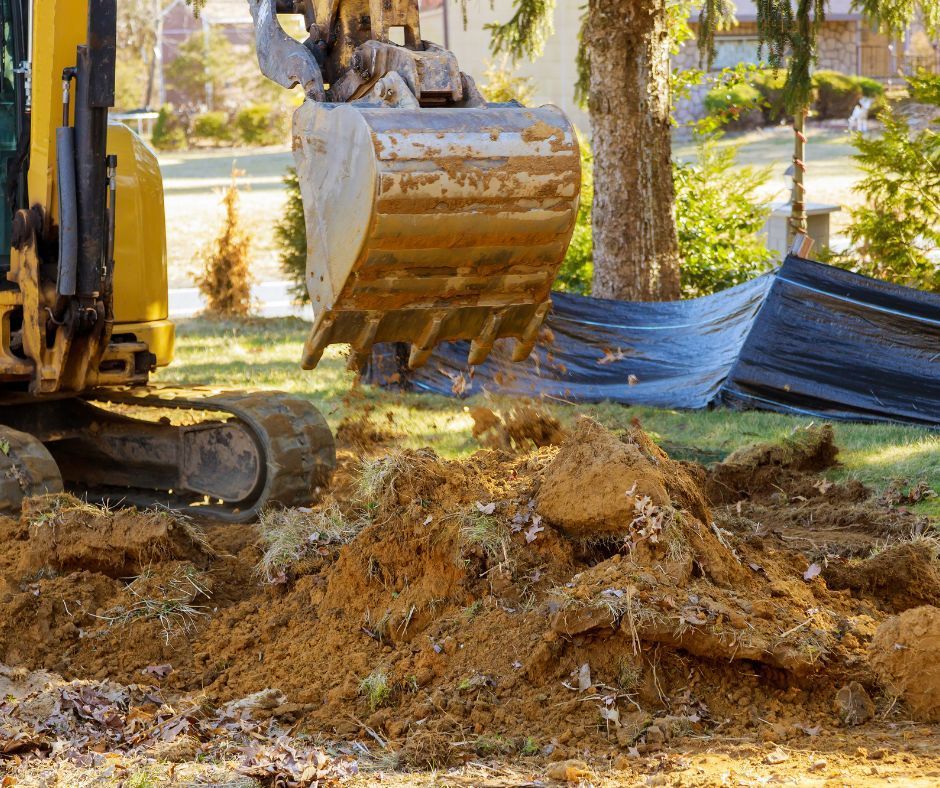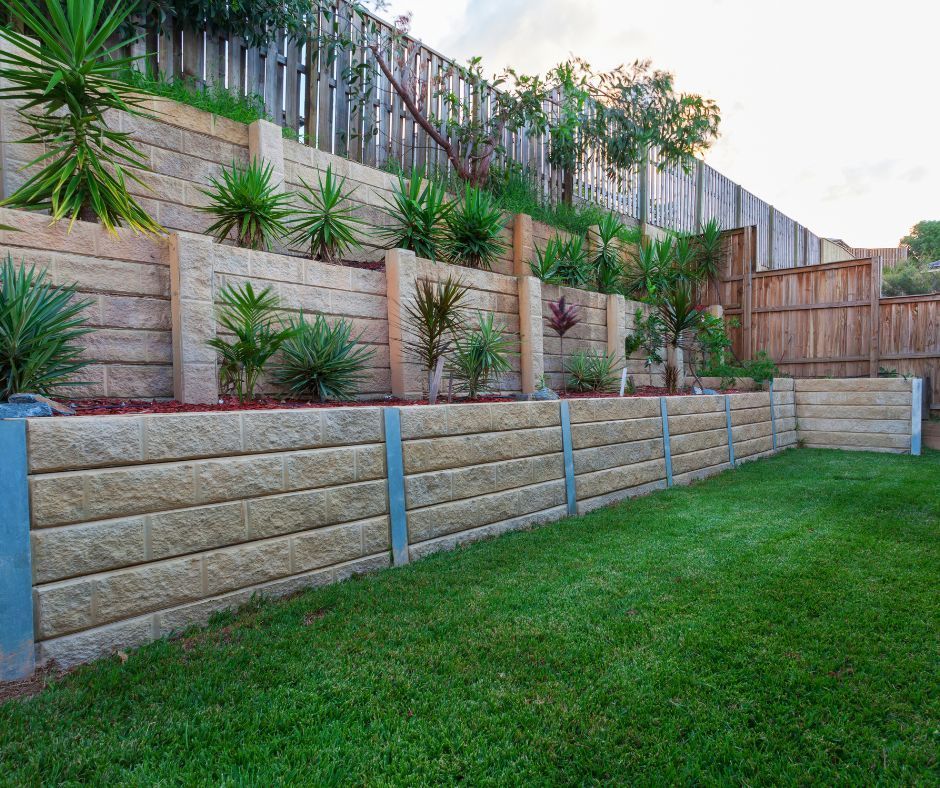A Handy Guide to Popular Excavator Types in Australia
Excavation is where most building projects begin, and like any good job, the right tool makes all the difference. In Australia, selecting the correct type of excavator can mean the difference between finishing on time and blowing the budget.
Whether you're clearing land, trenching or prepping footings, not all machines are built equally. This guide covers the main types of excavators you’ll come across, what they’re good for and how to pick the one that fits your site and job.
Understanding Various Excavator Types
Excavators are machines designed to dig, lift and move soil or heavy materials during construction. They’re a common sight on job sites across Australia, handling everything from small backyard excavations to major commercial works.
Not every machine suits every task. Using the wrong types of excavators can lead to delays, damaged services and additional costs. Understanding the differences makes it easier to match the right excavator to the job, keeping your project safe, efficient and on schedule.
Exploring All Types of Excavators
The first step to picking the right excavator is knowing what each type is made to do. Here’s a quick guide to the most common excavators used on Australian job sites.
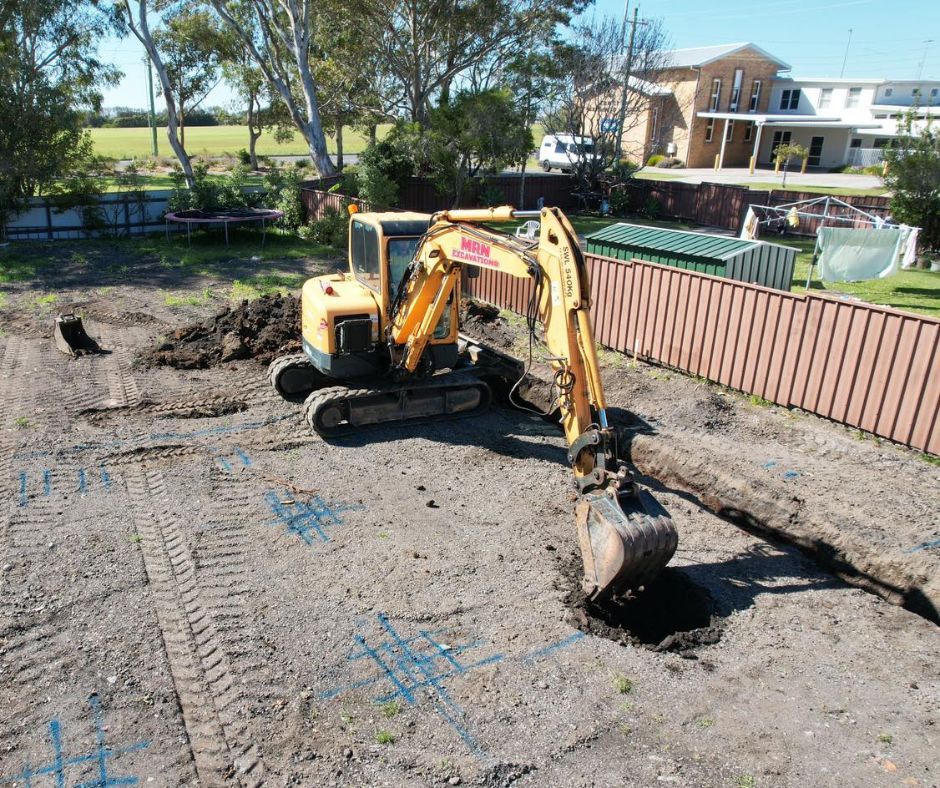
Crawler Excavators
Wheeled excavators are ideal for roadworks and urban sites with hard, flat surfaces. They’re fast and cause minimal ground damage, but don’t perform well on rough or muddy terrain.
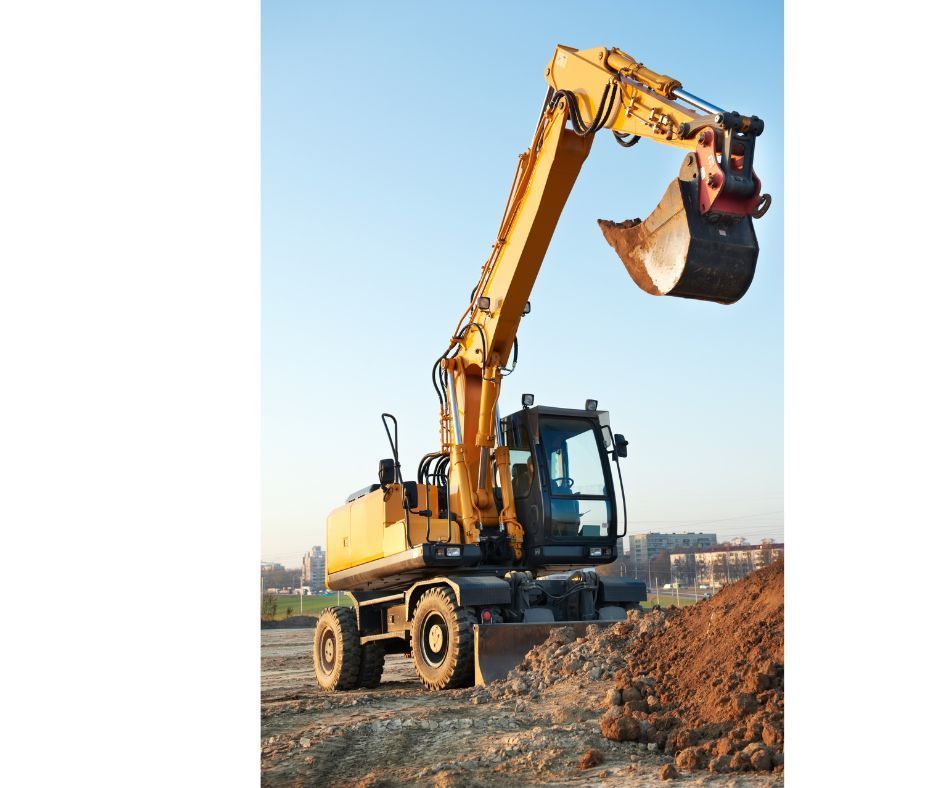
Wheeled Excavators
Great for roadworks and paved urban sites, wheeled excavators are quick and don’t tear up the ground. They’re not built for off-road use and struggle on loose or uneven terrain.

Dragline Excavators
Used in mining and deep dredging, dragline excavators can dig far below the machine's level. They’re powerful but oversized, making them unsuitable for most small or residential projects.
Suction Excavators
These are perfect for working around underground pipes or cables without causing damage. They use vacuum power instead of buckets, but aren’t suited for hard soil or large-scale digging.
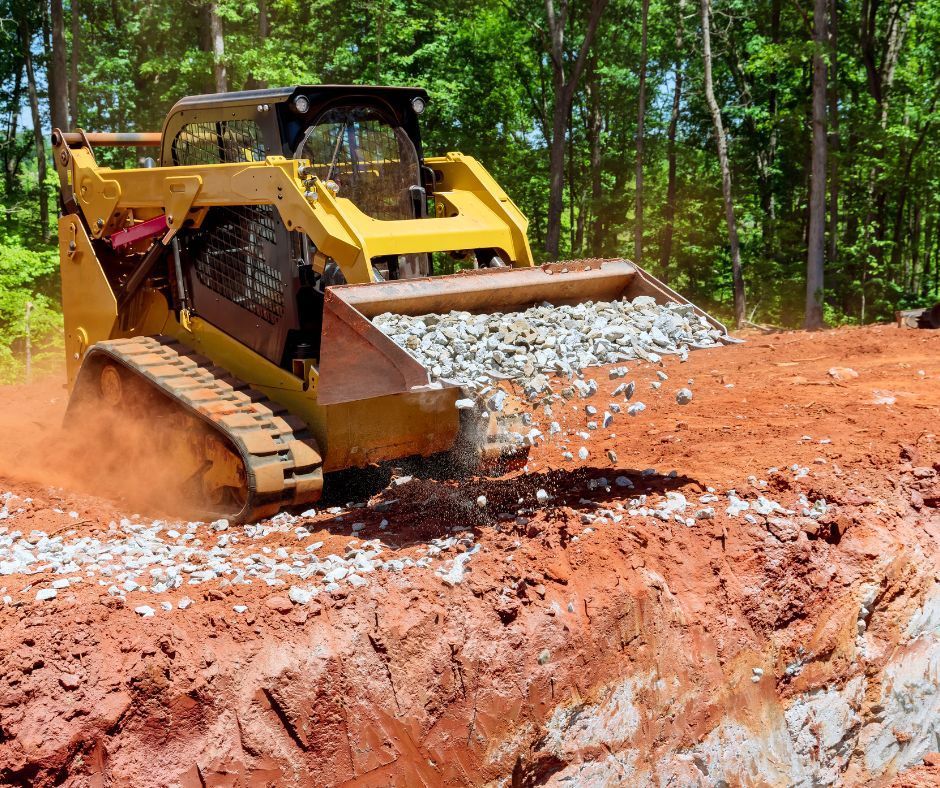
Skid Steer Excavators
Compact and agile, skid steers are ideal for tight spaces such as backyards or driveways. They don’t handle rough terrain well but are great for light, detailed jobs.
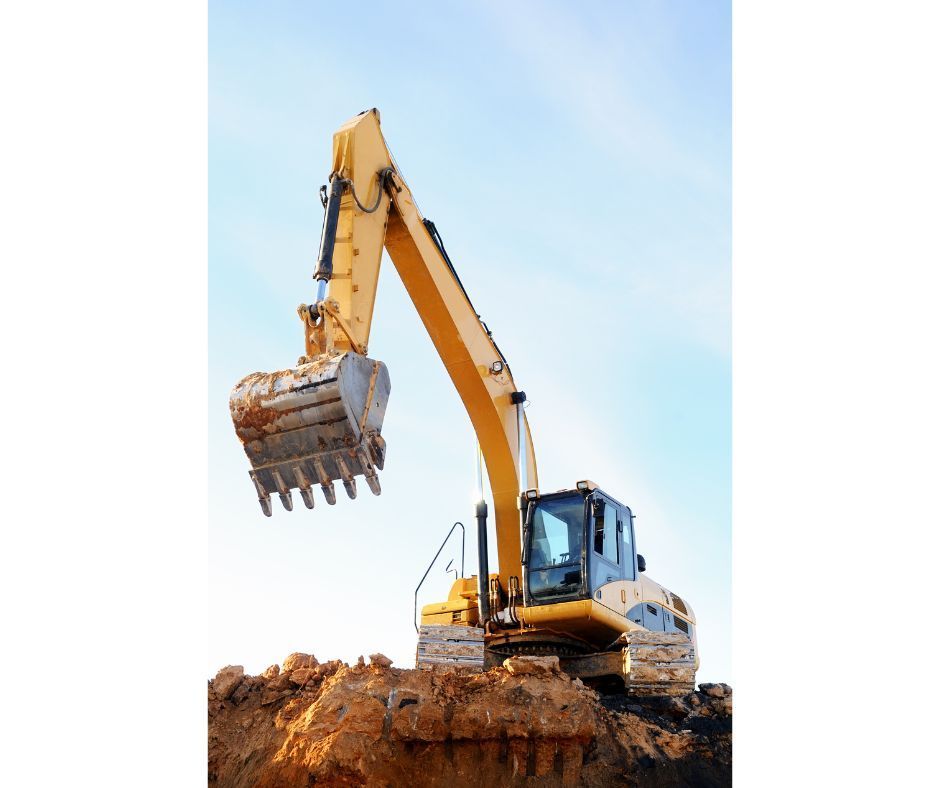
Long Reach Excavators
Long reach machines are built for demolition, dredging and work over water or slopes. Their extended arms offer distance, but they’re not practical for confined spaces.
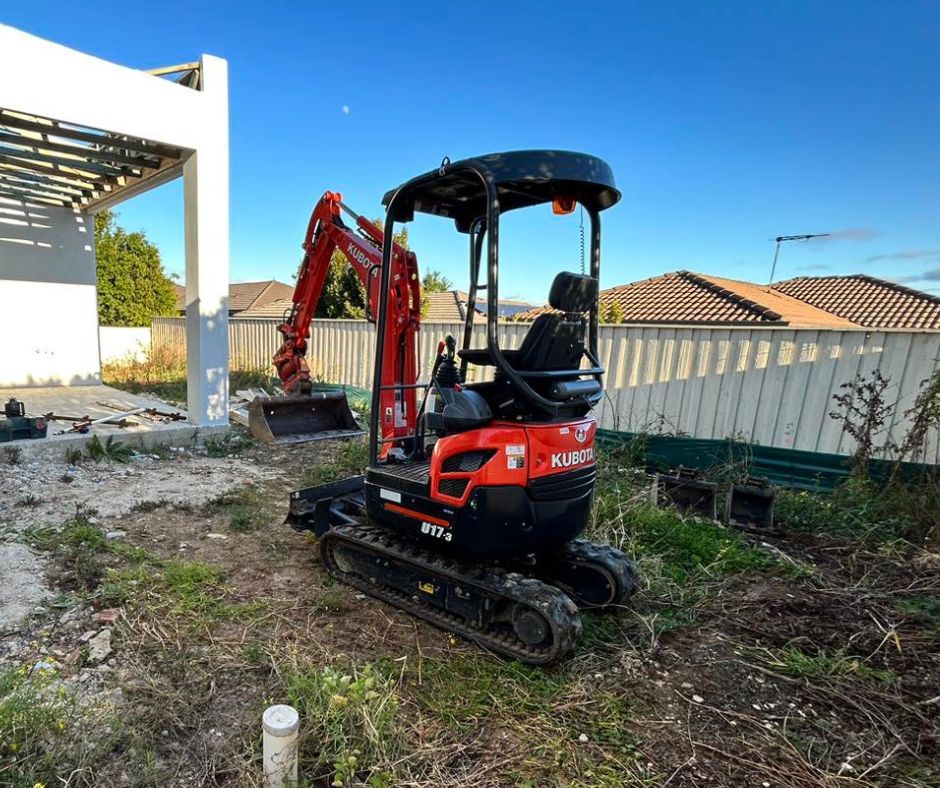
Mini Excavators
Lightweight and quiet, mini excavators are great for landscaping and narrow access areas. While they lack digging depth, they’re easy to use and highly versatile for smaller tasks.
Excavator Types of Attachments
Attachments turn a basic excavator into a multi-use machine. All types of excavator tools can make digging, lifting or breaking much quicker and cleaner.
Bucket
This is the most common attachment for digging and loading. Buckets come in various sizes for soil, rock or trench work.
Auger
An auger is used for drilling holes into soil or clay. It’s ideal for fencing, footings or planting trees.
Breaker
Breakers are strong hydraulic hammers made for breaking up concrete or rock. They’re used in demolition or when removing hard surfaces.
Clamp
Clamps help grip and carry awkward materials such as logs, pipes or rubble. They make loading and sorting debris easier and safer.
Coupler
A coupler lets operators switch between attachments quickly. It reduces downtime and removes the need for manual attachment changes on-site.
Thumb
Thumbs work with buckets to grip and lift irregular items. They’re great for picking up branches, concrete chunks or scrap.
Types of Excavators According to Size and Weight
All types of excavators come in different sizes to suit different types of work. Picking the right scale helps in better control, speed and efficiency on-site.
Mini Excavators
These machines weigh under 6 tonnes and are ideal for tight spaces. They’re used for landscaping, indoor work and small residential jobs.
Standard Excavators
Standard excavators range from 6 to 24 tonnes and cover most mid-sized tasks. They’re reliable for trenching, digging and general site work.
Large Excavators
Large excavators weigh over 24 tonnes and are designed for heavy-duty earthmoving. They’re used on mining sites, major roadwork and big infrastructure projects.
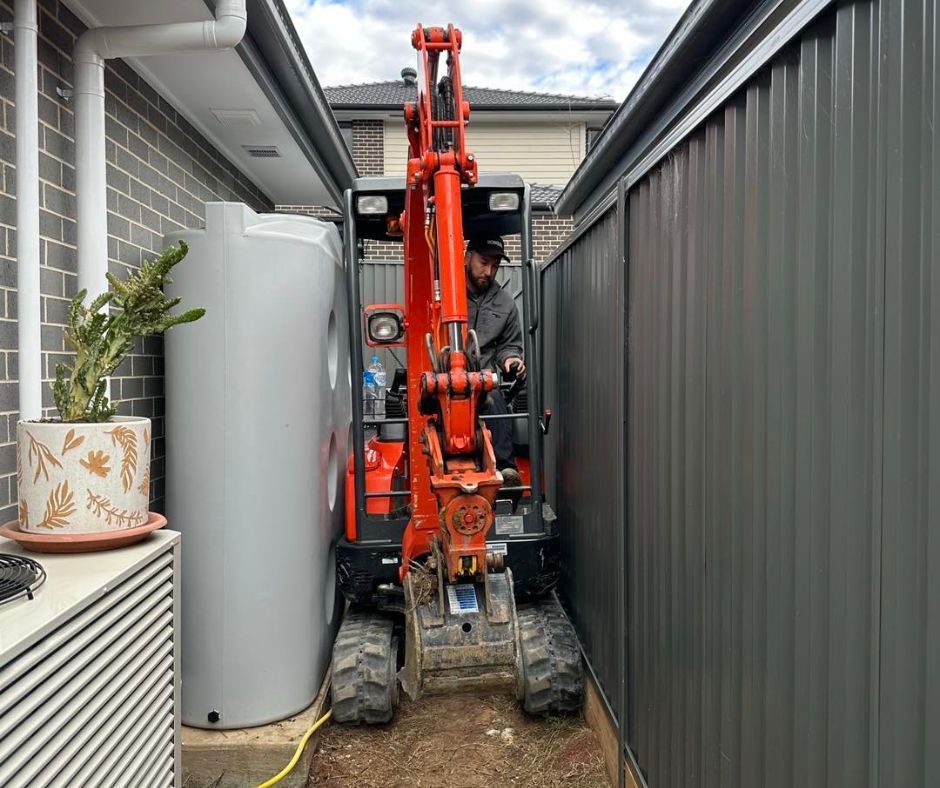
The Right Excavator Types for Your Project
Selecting the right excavator types involves more than just size or power. The points below will help you find the most suitable option for your site and scope.
1. Project Scope
Start by outlining what the excavator needs to handle. Light tasks like landscaping differ from bulk excavation or demolition.
2. Site Access
Consider entry width, overhead clearance and general space to manoeuvre. Some jobs require compact machines to fit into tight areas.
3. Soil Type
The soil conditions affect machine performance. Hard clay or rock needs more power than soft or sandy soil.
4. Digging Depth Required
Different machines offer different reach and depth. Deeper excavations may call for long-reach or larger models.
5. Terrain Conditions
Rough, sloped or muddy ground affects which excavators can operate safely and effectively. Tracked excavators offer more stability on uneven ground.
6. Jobsite Location
Urban jobs often need quieter, smaller machines with low emissions. Rural sites allow for larger models and more space to operate.
7. Timeframe
Tight deadlines require machines that can complete tasks quickly. Quick-change attachments and larger buckets help save time on site.
8. Budget
Cost affects what type and size of machine can be used. Consider hire, transport and operating costs when selecting a machine.
9. Required Attachments
Some tasks need more than a bucket. Determine whether augers, breakers or clamps are required for the job.
10. Experience or Skill Level of Operator
Machine complexity should suit the operator’s capability. Advanced models may require licensed or ticketed operators.
Let MRN Excavations Get Your Excavation Project Moving
MRN Excavations is the local team Sydney trusts for different types of excavation in construction. From small backyard trenches to major cut-and-fill projects, we match the right excavator types to the job, for clean, safe and efficient results every time. We worked across Sydney, Campbelltown and Wollongong, handling all ground types and site sizes with safe, fuss-free results.
Planning an excavation, lawn landscaping or screw pier project? Message us for expert advice and a smooth start to your job.


